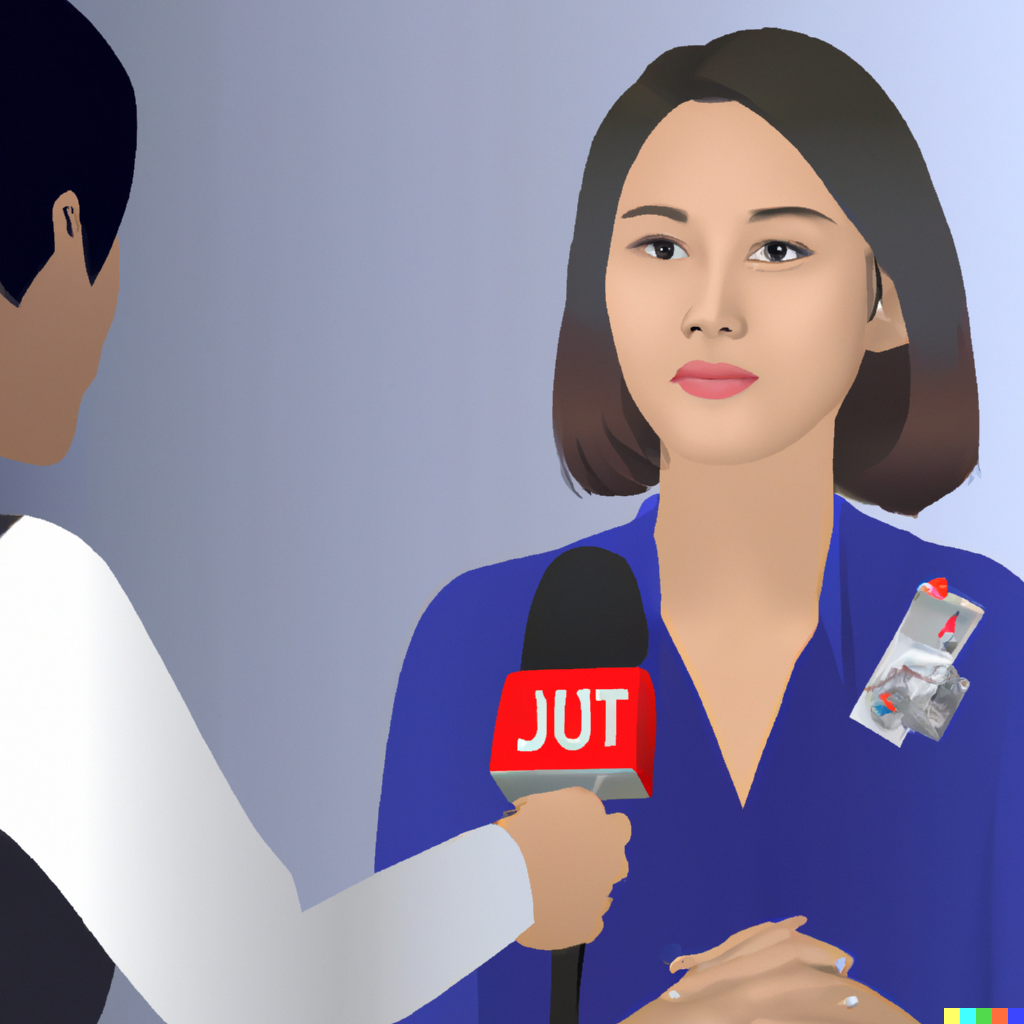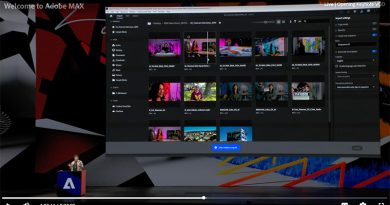Starting a new draft cycle? Use AI to get organized

Production calendars with draft deadlines can work well for the ebb and flow of interviews, but for student journalists who thrive on mini-deadlines, checklists often fit their work style better. Focus time on productivity by using an AI program like ChatGPT to generate a checklist.
After asking ChatGPT to “Create a checklist of things to do to finish a news story in two weeks” it generated this Top 10:
- Choose a newsworthy topic: Choose a topic that is current, relevant, and has a significant impact on the audience.
- Research and gather information: Conduct extensive research on the topic, gather relevant data, and collect quotes and comments from experts and witnesses.
- Conduct interviews: Schedule and conduct interviews with sources to gather first-hand information and quotes for the story.
- Verify the accuracy of the information: Cross-check all the facts, figures, and quotes to ensure that the information is accurate and reliable.
- Organize the story: Determine the structure and angle of the story and organize the information in a logical and coherent manner.
- Write the story: Write the news story in a concise, clear, and engaging style that captures the essence of the topic.
- Edit and proofread: Edit the story for grammar, spelling, and punctuation errors. Also, proofread it to ensure that the story is error-free and ready for publishing.
- Incorporate multimedia elements: Consider incorporating multimedia elements like images, videos, and infographics to enhance the story’s visual appeal and engagement.
- Get feedback: Share the story with colleagues or editors for feedback and incorporate their suggestions.
- Submit for publishing: Submit the story for publishing on the platform(s) where it will be published.
Working with an editor or adviser, a writer can scaffold this list into the 2-weeks of school schedule from assignment to deadline. Depending on whether the publication meets daily, on a block, or weekly after school, along with how class time in used, will determine which of these listed items can be completed in class and what will need to be scheduled at other times.
While the AI cannot plan for the daily specifics or detours that may happen along the way — for example, the timing of when the covered event falls within the assignment window or a no show interview — the reporter can factor those pieces into their personal calendar as they work toward deadline.
Below is a sample checklist of mini-deadlines for a block schedule using the ChatGPT list:
Day 1: Bring a brainstorming list to class with 1-2 ideas ready for the pitch meeting. After the story is green lit, draft an assignment sheet: if the news peg is non-school news, make sure to include how the story will be localized for readers. If the event is coming up, create a shot list.
Between classes:
30 minutes research. Look at previous coverage in the publication, especially for annual or continuing coverage and expert resources (note: quality sources may be cited by other journalistic publications, but find the original source instead of quoting the other newspaper).
Contact sources in and out of school, with a focus on student stakeholders, that have specialized knowledge and connection to the story. Schedule 15-minute interviews by suggesting 2-3 times you are available in the next day or two.
Day 3:
(before class) Conduct an interview
Look at the collected information and organize it based on the news structure you plan to use for the story. Share it with your editor to determine what gaps need to be filled. Work with a visual editor to create an infographic using one of the research sources or determine if it will involve a student poll.
Between classes:
Conduct additional interviews. Write a first draft focused on pre-event interviews; share it with the section editor. Add research and interviews based on editor meeting.
Day 5: Event coverage
In the morning: check out a camera from the publications room. Make sure the battery is charged, there is an SD card, and grab a tripod. At the event: observe, record, take notes. Post 1+ photo(s) on social media with a storytelling caption on the day reporting.
Between classes:
Revise the draft, focused on adding details from the event and any reaction interviews. Schedule post-event interviews (if needed).
Day 7:
Read draft aloud to check for clarity and flow. Armchair conference with the section editor about the lead-kicker. Look for editing notes, in case there are fact-check or style edits.
Between classes:
Select and edit 1-12 photos to accompany the story, go on social media. Write captions.
Day 9:
Format the story. Write a headline. Choose a pull quote. Publish! Schedule social media that sends readers to the story.
Avoid late night, caffeine rush speed writing and stop the adrenaline infused detail dropping with a checklist that incorporates all the needed elements for an assignment. Using an AI to generate a pre-assignment checklist is one way to ensure that no reporting step goes unrecognized in the process. With a baseline list from ChatGPT in minutes, then personalized for the story assignment, progress is easily measured at the mini-deadline level from pre-production to publish.





